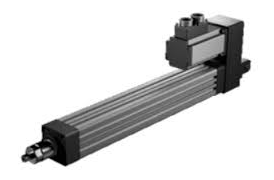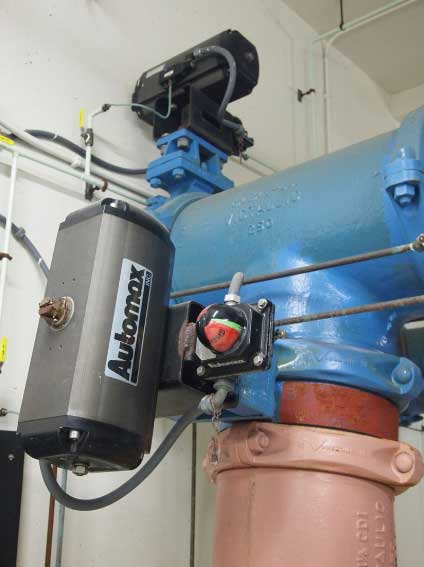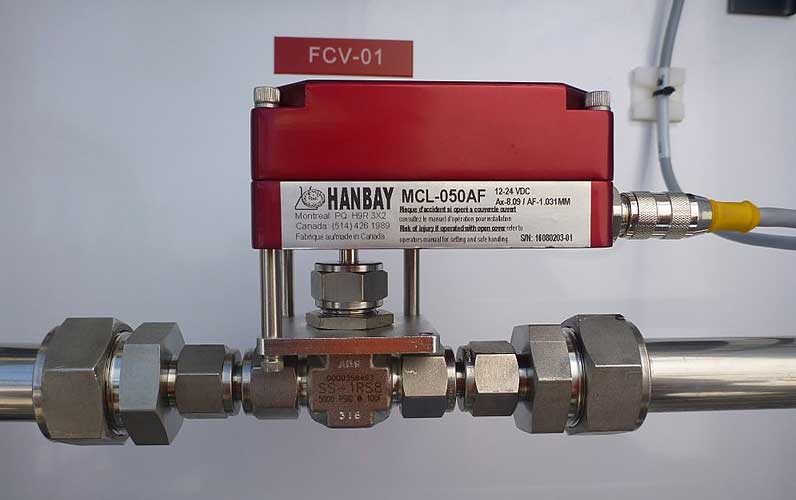What is an Actuator??
Industrial companies often start up with one or two piecesof equipment that will be the cornerstone of their facility. It is either the one you can start without or the one you really need. Actuators are the latter. We need to explore, learn, and discover the functions and types of electric actuators to understand the importance of this tool in an industrial falicity.
DEFINITION
Actuators are mechanical or electro-mechanical devices that provide controlled and sometimes limited movements or positioning, and can be operated electrically, manually, or by various fluids such as air,hydraulic, or others.
An actuator uses some type of energy to provide motion or to apply a force. For example, an electric motor uses electrical energy to create a rotational movement or to turn on object, or to move an object. A tire jack or screw jack uses mechanical energy to provide enough force lift a car. In short, an actuator converts some type of energy into motion. Actuators include motors, gears, pumps, pistons, valves, and switches.


There are two basic motions when it comes to actuators: linear and rotary.
• Linear actuators convert energy into straight line motions, typically for positioning applications, and usually,Linear chain actuators provide push and pull motions with rigid chains.
• Rotary actuators convert energy to provide rotary motion. A typical use is the control of various valves such as a ball or butterfly. Each actuator type has versions for various power configurations and come in many styles and sizes, depending on the application.
Our next article will help you identify the different types of Actuators and its applications in the Industrial World. Stay tuned.



Leave A Comment